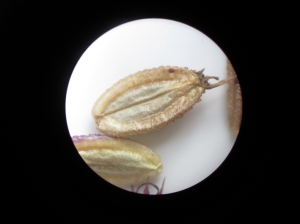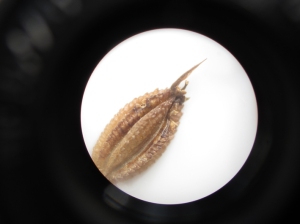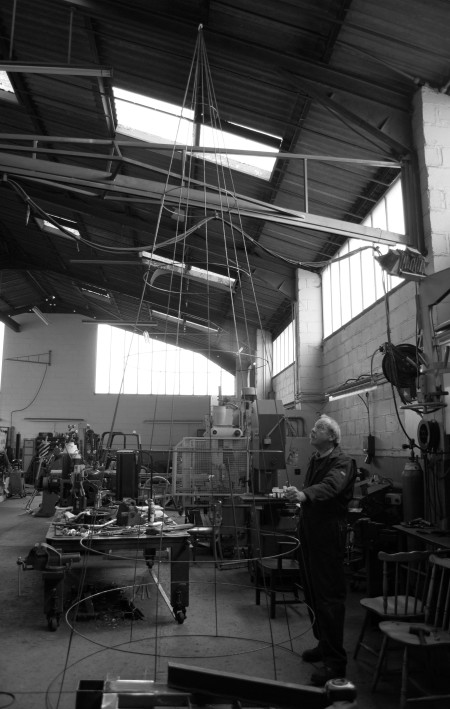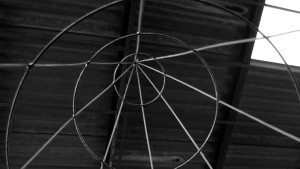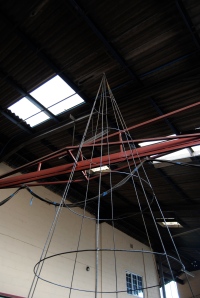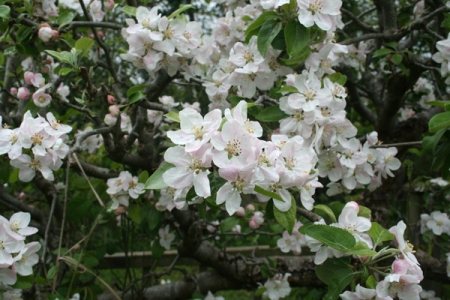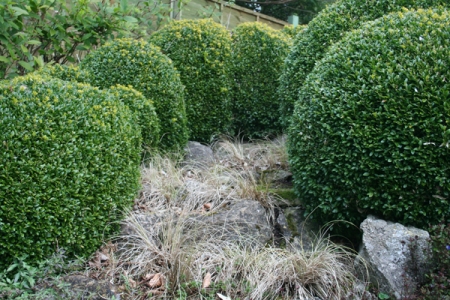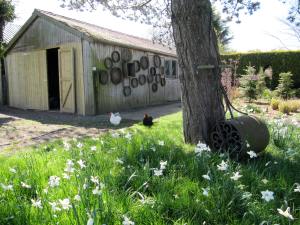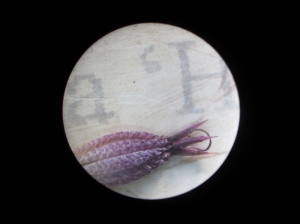
“And above all the need – indissociable from my very nature, from my way of seeing and thus of thinking – to go see everything very very close up so as to see, and consequently, the development of a vision that is hyperattentive to details, my approach as a scrutinizing ant, my sensitivity to the least sign.” Helene Cixous
Exploring the Astrantia ‘Hadspen Blood’ seed with my microscope and camera:
Pearlescence.
Colour.
Lens.
Focus, how to bring a garden that no longer exists into focus.
Placing a seed on my plant label for the Astrantia ‘Hadspen Blood’ plant that I bought all those years ago at Hadspen Garden.
Language, naming, typeface, form, growing tip, tentacles, squid.
I saw a live octopus come out from under a rock, as I lay face down on the surface on the water, in Sicily. It was so compelling, so alive, I knew I could not eat one ever again.
These seeds are reminiscent of squid, and remind me of commonality across nature, as well as distinctiveness.
